Carnaval
Fiestas de Carnaval is upon us! Walking around the streets of Santiago de Compostela, you can feel the change in atmosphere building up with excitement for the celebrations soon to take place. Like most festivals here in Spain, the Fiestas de Carnaval or the Carnival Festival is a religious holiday and this one is in preparation for the forthcoming 40 days of Lent.
History
Foods of Carnaval
In Santiago de Compostela, Antroido or Entroido as it is called in Gallego, is celebrated over the 4 days preceding Ash Wednesday. The Galicians focus on preparing their hearty Caldo Gallego soup. This soup consists of potatoes, greens and for this special honouring, cacheiras, or salted pigs heads! You will also find the shops filled with the very delicious Galician filloas, savoury crepes made from wheat flour and lard. As well as orejas (meaning ears) which is the Spanish version of the delicious elephant ears made in the UK or funnel cake from the USA.
Parades
The biggest day of the festival is the Tuesday before Ash Wednesday. A parade takes place with large floats being carried through the streets by the sounds of brass bands with dancers, jugglers and actors performing on top. The long standing tradition of Carnival is fancy dress, similar to the Mardi Gras style of masks, make up and costumes. Those participating in the parade are dressed-up as well as those in attendance enjoying the fete. Face painting,cross dressing, disguises, confetti and streamers are all part of the jubilation. It is a very colourful celebration and anything goes!
Biggest Parties
The most popular and extravagant Carnivals in Spain take place in Cadiz, Sitges and the Canary Islands. Most of these larger Carnivals extend for an entire week with school and work pausing to enjoy the festivities. During the day of the parade there is a pageant like competition. Town officials crown a Reina de Carnaval or Queen of the Carnival. Costumes have been known to be so elaborate that they reach up to 200 kilos or 440 lbs in weight!
The Meco
On Ash Wednesday, the tradition of burning the Meco takes place following a satirical procession. The Meco is a doll that represents the Carnival and this custom takes place in the smaller square of O Toural here in Santiago de Compostela. This day concludes with the Entieroo de la Sardina, or Burial of the Sardine, which is a sarcastic mockery of a sardine’s funeral symbolizing the restriction of meat during Lent and the consumption of fish only. Basically, all the fun has ended…but of course, only for now!

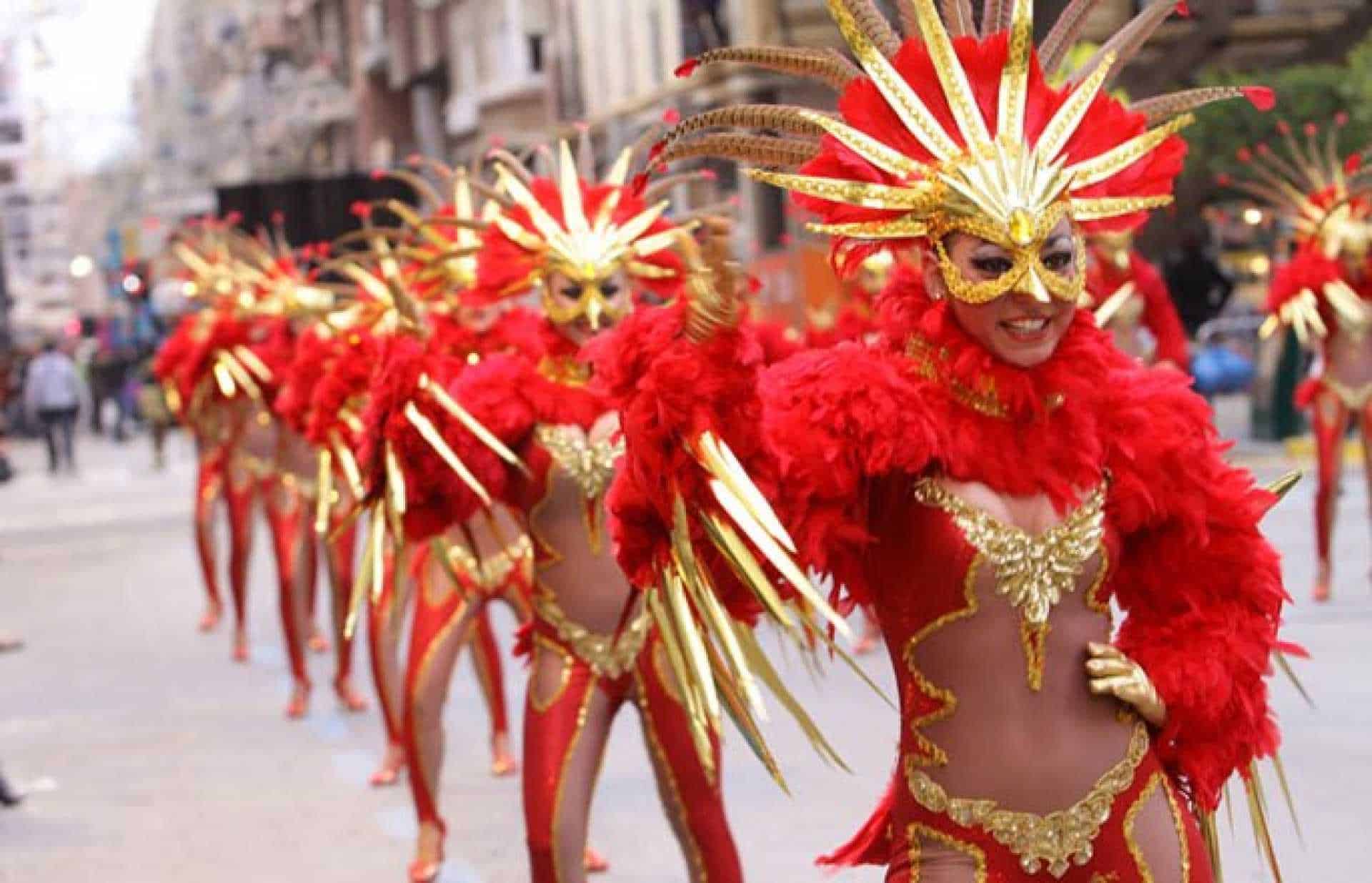
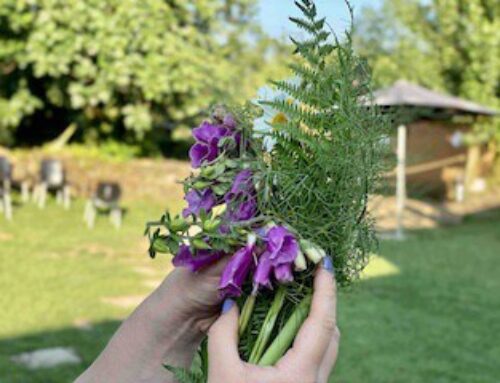
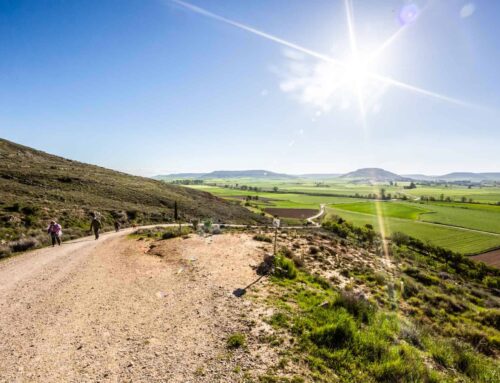
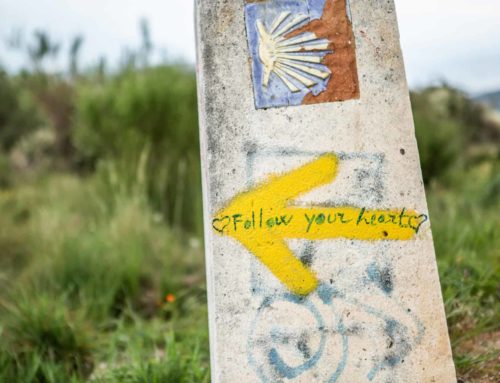
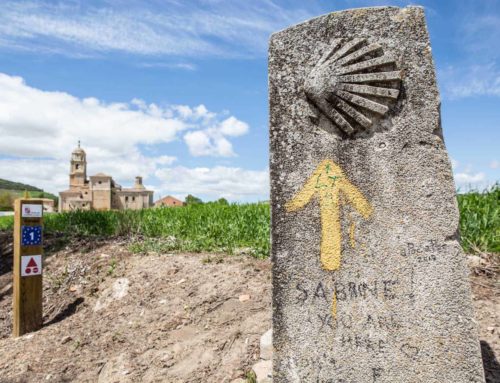
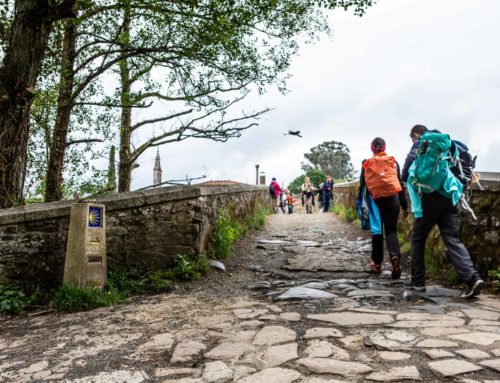
[…] Carnaval, or Entroido, here in Santiago de Compestela starts the 10th of February and the celebrations go through the 14th of February. The town has its own local parade with participants dressed in colorful masks and fun costumes; and although we thoroughly enjoy the last satiric parade of the festivities with the burning of the “Meco” doll, we really enjoy the delicious specialty foods that are part of the celebrations! […]
[…] foods made in Galicia, the region in Northwest Spain along the Camino de Santiago, as part of the Carnival celebrations which takes place the days leading up to and on Ash Wednesday. It is one of our […]
[…] Carnaval, or Entroido, here in Santiago de Compostela takes place every year in February. The town has its own local parade with participants dressed in colourful masks and fun costumes; and although we thoroughly enjoy the last satiric parade of the festivities with the burning of the “Meco” doll, we really enjoy the delicious specialty foods that are part of the celebrations! […]